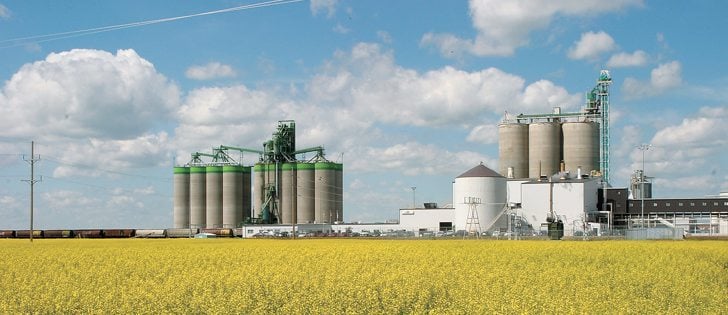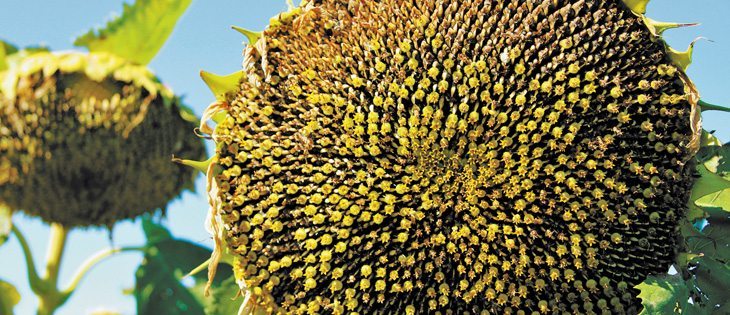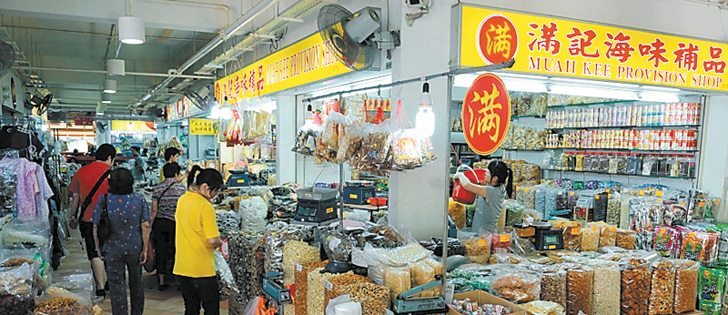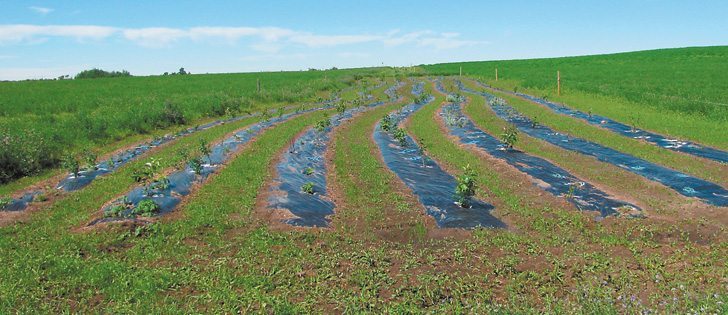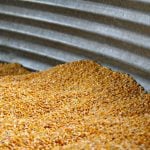Prairie farmers have often been told that the grain they grow is far superior in quality and value to those grown in the former Soviet Union.
According to a number of speakers at this week’s GrainWorld conference, that’s true about quality but false about value.
That means prairie farmers have been selling BMWs to Ford buyers at Ford prices.
“We think we’re in a really good position, but actually Canada’s behind,” said Toepfer Canada president Lawrence Yakielashek.
Former Canadian Grain Commission grading expert Fraser Gilbert, who now works for private grading firm SGS, compared Canadian export wheat quality with contract specifications.
Read Also
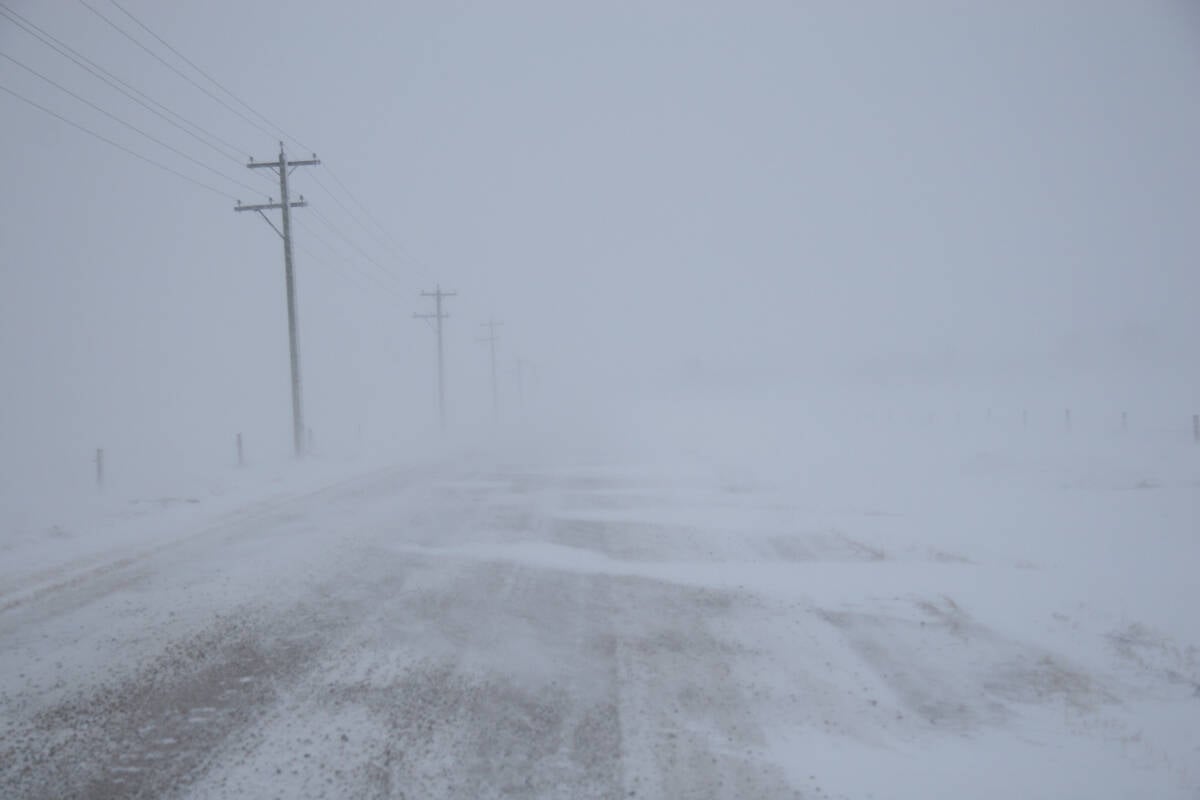
Volatile temperatures expected for this winter
DTN is forecasting a lot of temperature variability in the Canadian Prairies this winter. Precipitation should be close to average.
The comparisons showed shipments that far exceeded the quality specifications of the contract, including one shipment that required No.3 Canada Western Red Spring but was actually No. 1 with 14.7 percent protein.
In another case, he showed wheat that met the specifications for a No. 1 but had far lower ergot than the specifications required. That probably meant that a lot of grain with higher ergot was downgraded and unnecessarily kept out of the shipment.
“To make up this parcel, I’m guessing that there were an awful lot of farmer deliveries and deliveries from the country that were basically No. 1 product that had ergot, so it got downgraded,” said Gilbert. “We need to look at these types of things.… By and large, we far exceed, in quality, what the contract is asking for.”
Wheat varieties with lower baking quality and lower protein often yield much better, so higher-yielding varieties will likely earn the farmer more money if prices are similar, some speakers said.
Gilbert said high quality wheat no longer brings big premiums from most buyers because baking technology has caught up.
“The millers around the world are becoming very used to using what’s grown locally or imported at the best price with adjuncts,” said Gilbert.
“They’re making absolutely good products with what we would consider poor wheat.”
Yakielashek said low quality, bulk wheat that the former Soviet republics produce well is what the world market wants.
“Destinations like Bangladesh, Mexico, Indonesia, Korea, Iran, they can’t afford (high quality wheat),” he said.
“This is the new world going forward. We’re going to have to adapt to this.… This is what I believe is going to be our new quality of wheat we need to produce and export. And that’s not a bad thing, not a bad thing at all.”



